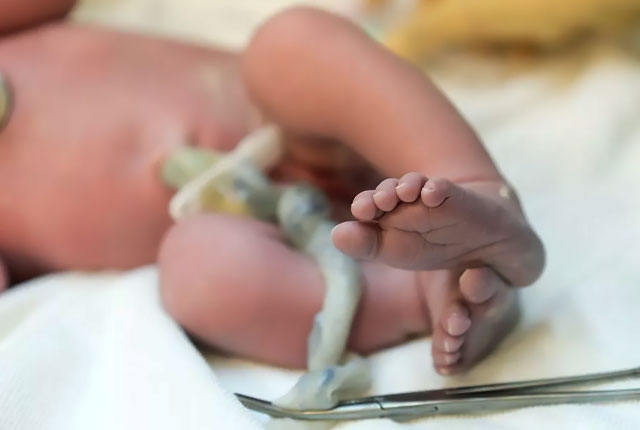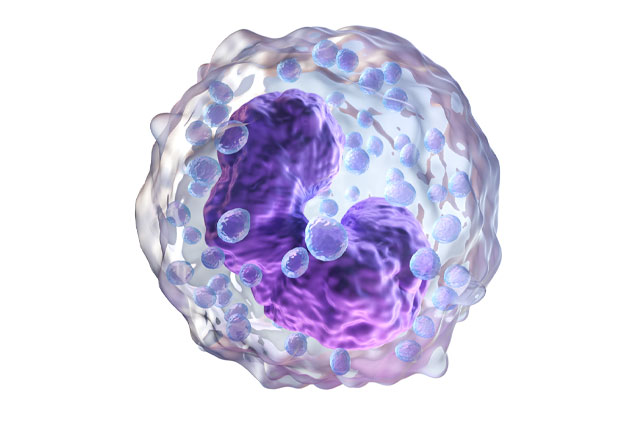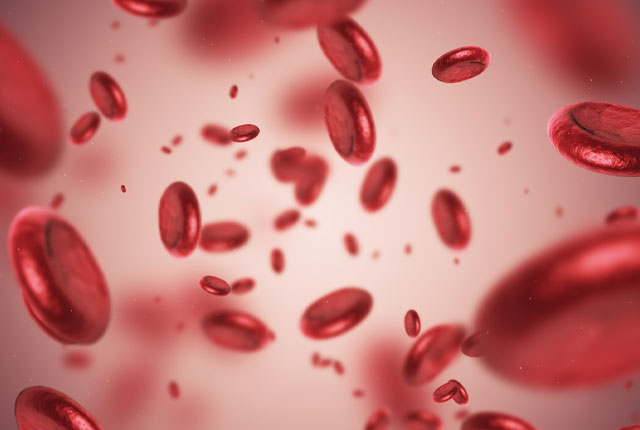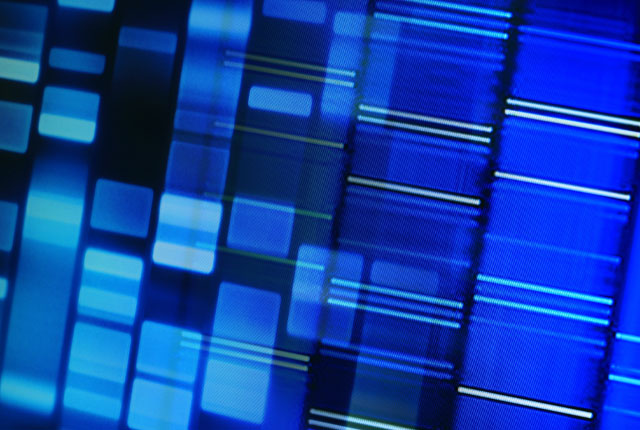

Bone marrow transplantation or allogenic stem cell therapy can potentially cure single-gene disorders. For conditions like Beta-Thalasemia, stem cell transplantation using HSC from an HLA-compatible donor is the best treatment option. However, finding a matching donor within the family is often challenging. The First Genomix Savior Sibling test offers hope to patients without suitable sibling donors or any donors at all.

A savior sibling or savior baby is an unaffected child that has been conceived using Assisted Reproductive Technology (ART) for the purpose of providing genetically compatible stem cells or bone marrow tissue to an older sibling who can be saved from a life-threatening genetic disorder.

The savior sibling test is offered to families who have a child suffering from a severe or potentially fatal disease, treatable by allogeneic stem cell therapy or bone marrow transplantation. This test is conducted on embryos conceived through in-vitro fertilization (IVF) and combines Pre-implantation Genetic Testing for Monogenic disorders (PGT-M) with HLA matching. It evaluates embryos for inherited genetic diseases within the family and assesses their genetic compatibility with the affected older sibling.

HLA matching is a crucial step that strongly determines the success of transplant outcomes in the future.
When the mother gives birth to the baby, the cord blood containing the stem cells will be stored and could potentially be used to treat the affected sibling in the future.

HLA or Human leukocyte antigen is a group of related proteins that forms part of our DNA and which determines much of our immune system strength, in addition to playing a large role in our histocompatibility with others. For the body to accept and use the bone marrow or stem cells from another person, it must first be able to use and communicate with the donated material.

The Savior Sibling test can be performed for severe cases of blood disorders, including beta-thalassemia, sickle cell disease, Fanconi anemia, and other hemoglobinopathy disorders. This makes the combination of PGT-M with HLA Matching during an IVF cycle a viable option for couples. Umbilical cord blood from HLA-identical siblings has been reported as an excellent source of stem cells.

First Genomix has developed an efficient PGT-M strategy that is optimized for HLA matching. The technique includes the analysis of a minimum of 6 polymorphic markers scattered through the HLA complex. By testing for more markers, we can reduce the occurrence of incomplete HLA-matching of the embryo with the affected sibling. Moreover, PGT-A can be performed along with PGT-M and HLA-matching on the same biopsied sample (day 3 or day 5).